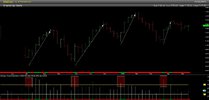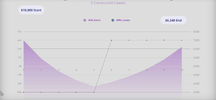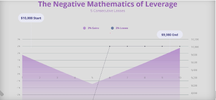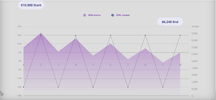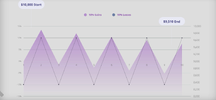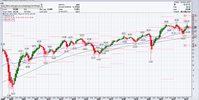- Joined
- 28 December 2013
- Posts
- 6,362
- Reactions
- 24,248
Traders can obtain important insights and learn how to adapt such strategies to meet their own needs and goals by investigating and examining instances of successful trading techniques that have been previously used.
We don't need to reinvent the wheel
There is no need to create the wheel from scratch when it comes to trading. There are numerous tried-and-true trading methods that have proven successful over time and withstood the test of time. This does not imply, though, that traders should adopt stale tactics and take it easy. Building on the basis of already-existing techniques and incorporating these enhancements is the key to creating a profitable trading approach. This entails evaluating the advantages and disadvantages and determining where enhancements might be made.
Creating a trading strategy
Traders can, for instance, use fresh technical indicators or analytical tools to gain a greater understanding of market trends and patterns. They can also employ risk management to reduce potential losses and increase potential gains. In the end, creating a trading strategy is not about coming up with novel concepts but rather it is about enhancing existing ones.
Making something old new again
Adding a volume-weighted moving average indicator to the blank chart above takes into account the trading volume, which can provide insights into the strength of a particular security. The (VWMA) indicator makes it useful for identifying trends with higher trading activity and I sell that position when the trend loses momentum. Simple and repeatable.
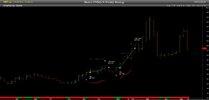
Skate.





